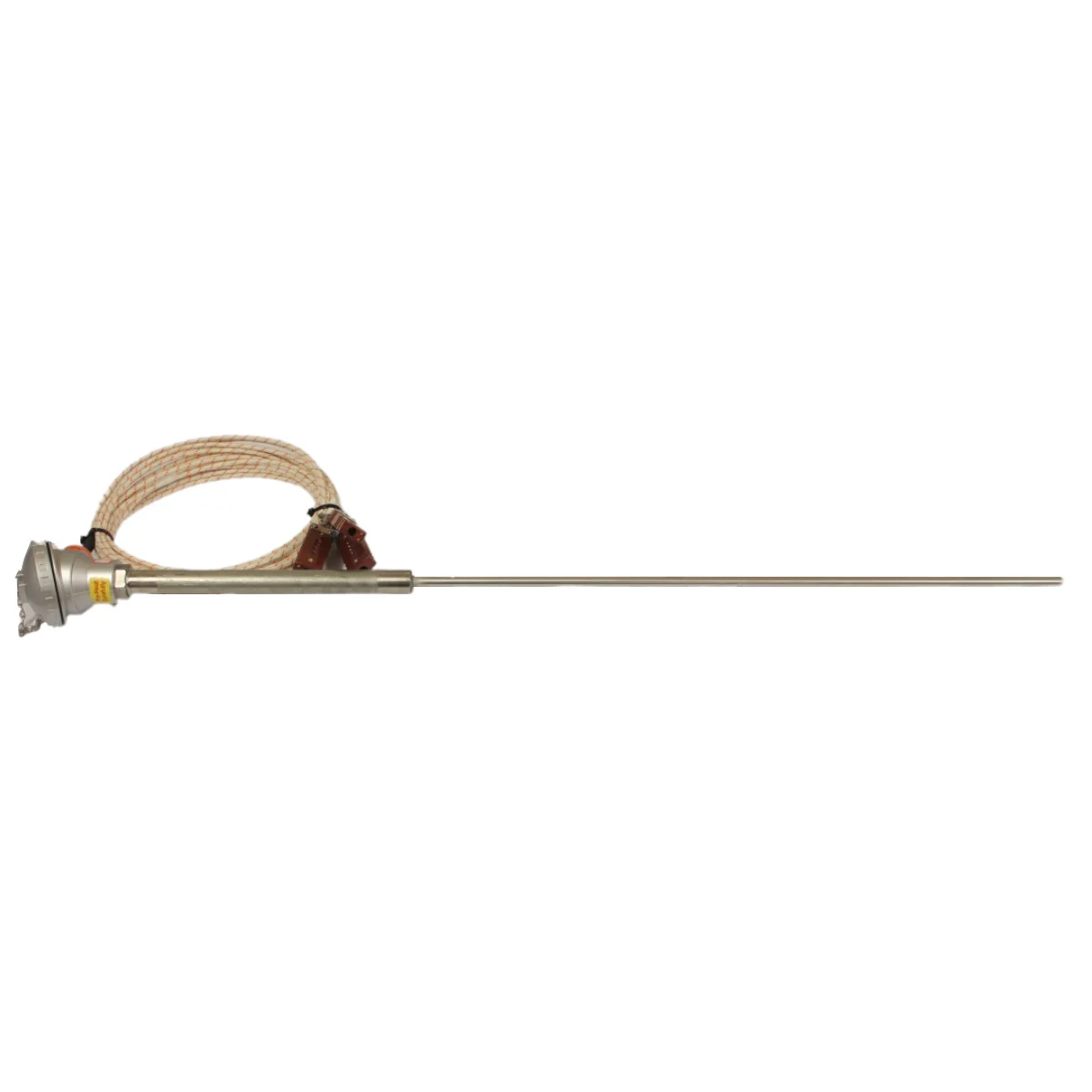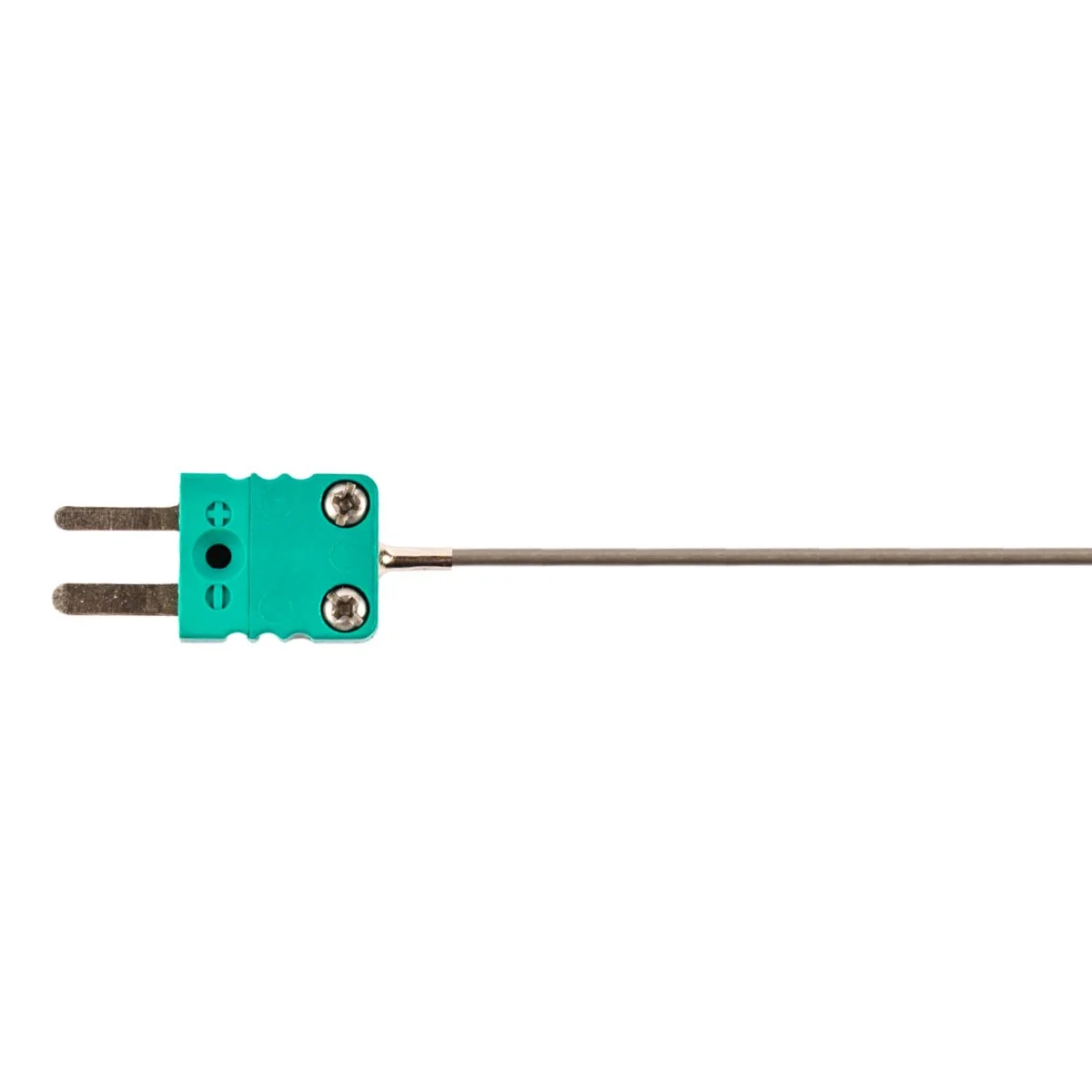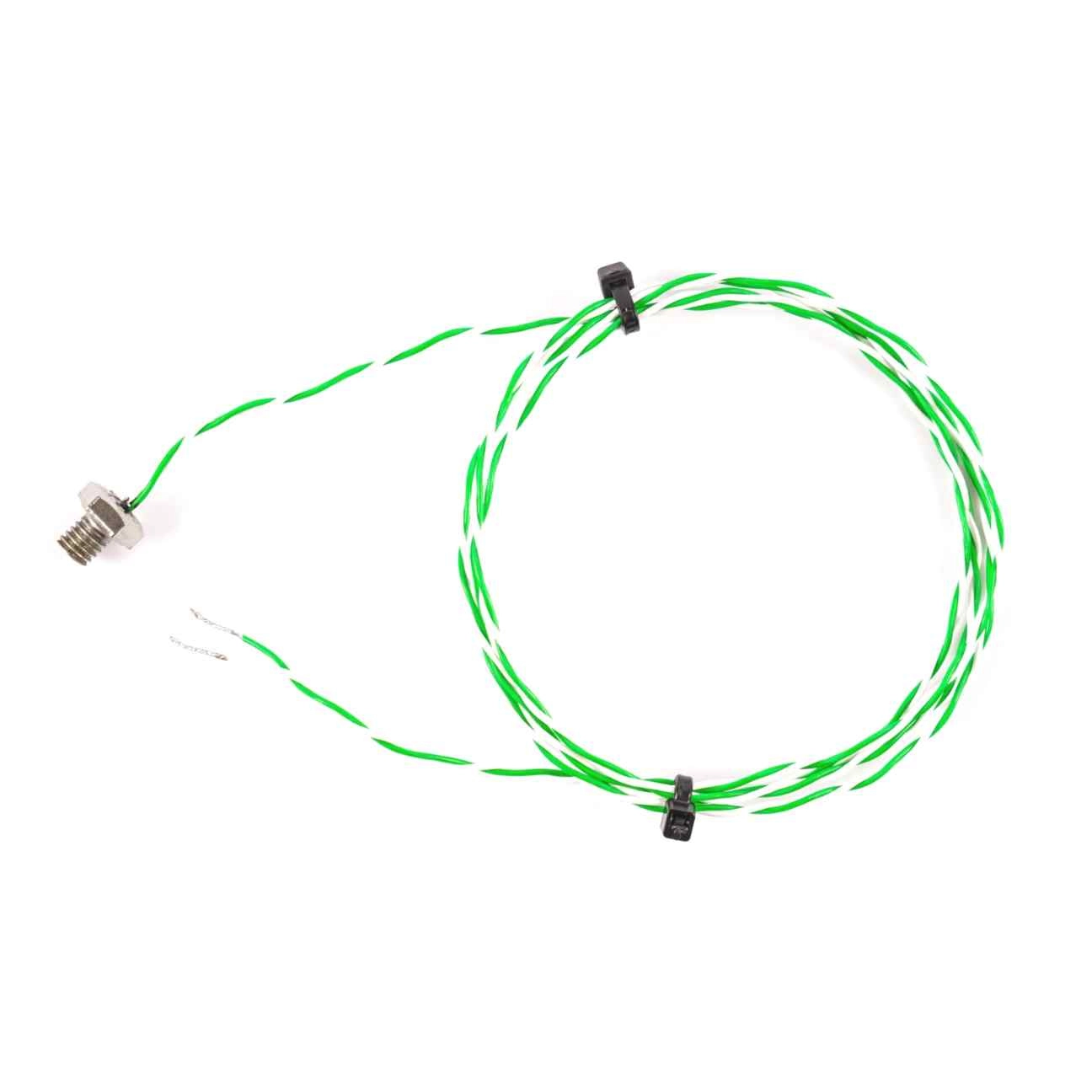What Is A Thermocouple Drift?
TL;DR — Quick Summary
Thermocouple drift is the gradual loss of accuracy in a thermocouple’s temperature readings over time. It’s most common at prolonged high temperatures but can occur at any operating condition. Regular calibration can detect and correct drift, either by adjusting instrumentation or replacing the sensor.
Introduction
In temperature measurement, accuracy is critical — and thermocouple drift is one of the main challenges in maintaining it. Drift refers to the tendency of a thermocouple to produce readings that slowly deviate from the true temperature over time.
This degradation is not sudden, but gradual, making it harder to detect without proper calibration routines. While all thermocouples can drift eventually, those operating at elevated temperatures for extended periods are especially susceptible.

Why Thermocouples Drift
The key causes include:
- Prolonged high-temperature exposure — causes changes in the metal structure or contamination at the junction.
- Material degradation — oxidation, corrosion, or diffusion of elements can alter the wire composition.
- Thermal cycling — repeated heating and cooling stresses the junction and wires.
- Environmental contamination — gases or particulates affecting the sensing materials.
Even at ambient conditions, thermocouples may drift over long durations, though the process is much slower.
Detecting and Managing Drift
To ensure accuracy:
- Periodic Calibration — compare the thermocouple against a certified temperature standard (e.g., UKAS-calibrated reference thermometer).
- Drift Compensation — adjust the instrumentation to correct readings.
- Sensor Replacement — install new thermocouples if drift is excessive or unpredictable.
Pro Tip: For critical applications like aerospace, medical devices, or high-spec manufacturing, regular calibration intervals should be built into your maintenance schedule.
Why This Matters for Your Process
- Prevents costly product defects in manufacturing
- Maintains safety standards in critical systems
- Ensures compliance with industry regulations (e.g., AMS 2750 in aerospace)
Frequently Asked Questions (FAQ)
Q: What is thermocouple drift in simple terms?
It’s when a thermocouple slowly loses accuracy, giving readings that are slightly off from the true temperature.
Q: Can drift be fixed?
Yes — by recalibrating the system or replacing the sensor.
Q: How often should I check for drift?
It depends on your application. High-temperature or mission-critical environments require more frequent checks.
Q: Does every thermocouple drift at the same rate?
No — drift rate depends on operating temperature, material type, and environmental conditions.
Q: Is drift dangerous?
It can be if precise temperature control is essential for safety or quality.
View our thermocouples
If you want to order a temperature sensor or you are unsure exactly what you need, get in touch and we can help you.




